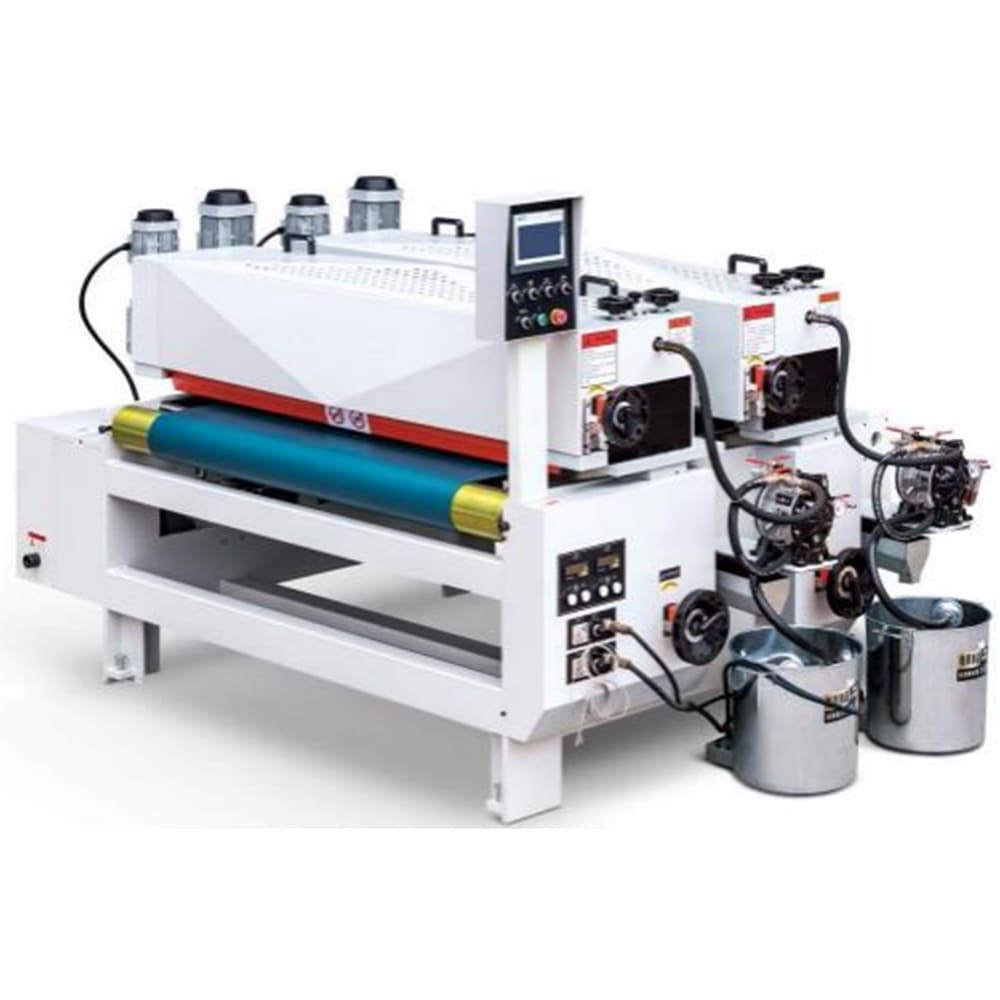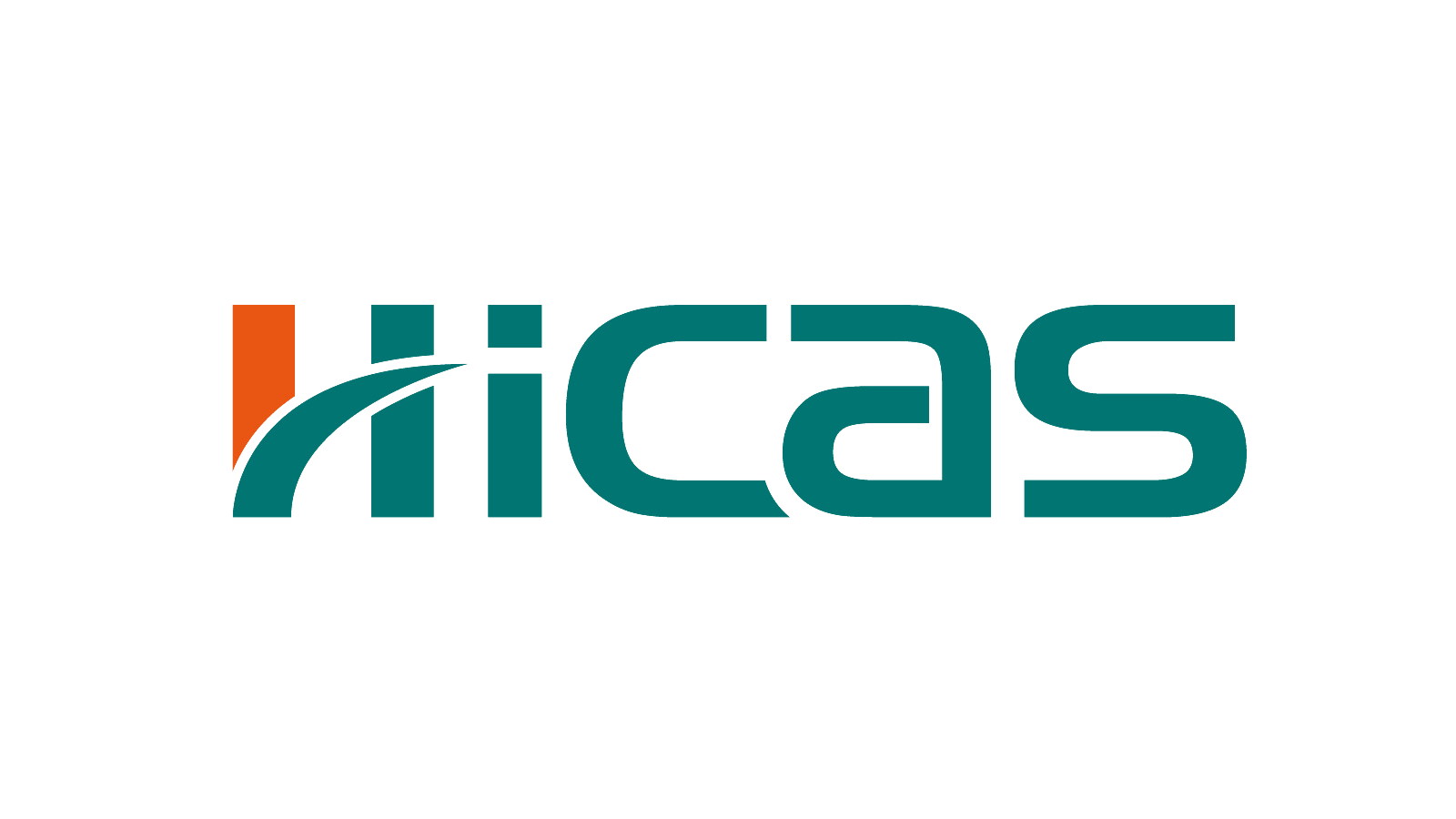Types of UV Roll Coaters for Woodworking Applications
1. Gravure vs. Reverse Roll Coating Systems
Picking the correct coating system makes all the difference when it comes to getting those wood finishes just right. Gravure systems stand out because they produce really consistent results with great attention to detail, which is why many woodworkers turn to them for fancy decorative finishes. The process uses these engraved printing cylinders that control how much coating gets transferred onto the wood surface, resulting in pretty precise applications most of the time. But then there's reverse roll coating systems that work better for putting on thicker UV protective layers needed for wood protection jobs. These systems can be a real money saver over time, even though gravure setups usually come with bigger upfront expenses because of those special printing cylinders. For shops running high volume production lines, this cost difference becomes quite significant in the long run.
When thinking about how these systems actually work in practice, nobody wants to ignore the whole messiness factor. Gravure systems are a pain because those fancy cylinders need special care during maintenance, while reverse systems generally clean up quicker and easier, which means less time sitting idle waiting for things to get back online. Woodworkers who have switched from gravure to reverse report noticeable differences in output speed too. Some shops using systems that handle UV coatings straight out perform others by nearly half, making operations run smoother and ultimately putting more money in the pocketbooks of small business owners in the woodworking industry.
2. Slot-Die Coaters for Precision Wood Finishing
Slot die coaters have become essential tools in precision wood finishing work because they apply coatings so evenly across surfaces. These machines give manufacturers exact control over how thick the coating is applied, which matters a lot when making specialty furniture pieces or doing detailed woodwork where consistency counts. What makes them really valuable is that there's hardly any wasted material during application. This means shops can save money on materials while still getting great results. Many woodworking businesses report cutting costs by around 15% after switching to slot die coating systems.
Slot die coaters work really well with most current woodworking machines on the market today. The way these systems fit into existing setups means shops can upgrade their coating processes without tearing everything apart or spending a fortune on new equipment from scratch. Woodworking firms across North America have been adopting this technology for years now, and they're seeing real benefits too. Better surfaces, stronger bonding between layers, all contribute to those high quality finishes customers love. Some manufacturers even mention how their clients notice the difference immediately when products come off the line looking sharper and lasting longer than before.
When looking at different kinds of UV roll coaters, one thing becomes clear pretty quickly they all bring something special to the table for various jobs in woodworking shops. Knowing what works best where helps manufacturers make smarter choices. These better decisions don't just cut down on expenses but also speed things up while making those wood finishes look sharper than ever before. In today's tough marketplace, this kind of edge matters a lot when trying to stand out from competitors who might be using older methods or inferior equipment.
Key Selection Criteria for UV Roll Coaters
1. Material Compatibility with Wood Substrates
When picking out a UV roll coater, manufacturers need to check how it handles different kinds of wood surfaces. Softwoods like pine often behave quite differently from hardwoods such as oak when coated with UV formulations, which impacts both how well the coating sticks and how long it lasts. According to what many shops have found through experience, some resin formulas work better on particular wood species than others do. Running these compatibility tests before full scale production saves money down the road and keeps coatings from peeling or cracking later on. Getting the wood surface ready properly matters just as much though. A clean, smooth substrate makes all the difference in getting those UV coatings to perform at their best level consistently.
2. Matching Production Speed to Sanding Machine Workflows
Getting production speed right with sanding machine workflows matters a lot when working with UV roll coaters. The ideal approach? Match production rates to what the sanding equipment can actually handle, which helps get more done without overloading systems. On factory floors everywhere, getting this synchronization correct cuts down on those annoying bottlenecks that slow everything down. When operators really grasp how much their machines can do, they're able to tweak the UV coating process so it works better with the sanding speeds. This makes things run smoother overall while also cutting back on wasted materials and energy costs in the long run.
3. Integration with Pallet Making Machinery
When UV roll coaters get combined with pallet manufacturing equipment, factories tend to see big gains in how fast they produce goods. Looking at whether these systems work well together helps determine what kind of difference they'll make. Some studies show that when everything fits properly, output can jump around 30 percent. The type of wood matters too. Most pallets use softwoods like pine or fir, so checking if UV coatings stick properly to those materials becomes really important. Automated systems have become standard across woodworking shops nowadays. These UV roll coaters fit right into automated pallet lines, making them run smoother day after day. Factories report saving money on staff hours while also getting better consistency in their finished products because there's less room for human error during coating application.
Optimizing UV Roll Coater Performance
1. Maintenance Practices for Woodworking Equipment Longevity
Maintenance is absolutely essential for keeping UV roll coaters running smoothly and lasting longer. Studies show that sticking to good maintenance routines can cut down equipment breakdowns by around 30%. When companies schedule regular maintenance checks, clean those roller surfaces thoroughly, and apply proper lubricants at the right intervals, they save money on expensive repairs and get more years out of their machines. Staff training matters too. Workers who know exactly how to perform these tasks consistently produce better results and keep production moving without hiccups. Keeping track of all maintenance activities through detailed logs helps managers spot trends and make smarter decisions about operations down the road. Many industry pros now suggest implementing predictive maintenance approaches using sensors and monitoring systems. These technologies can actually detect early signs of wear or malfunction before anything goes wrong, letting plant managers fix issues ahead of time instead of dealing with unexpected downtime that costs both time and money.
2. Balancing Coating Quality and Production Efficiency
Finding the sweet spot between good coatings and fast production remains a major headache for woodworkers everywhere. When companies start tracking actual numbers around coat thickness, color consistency, and drying times, they get real insights into where their processes need tweaking. Some shops have cracked this code by investing in better measuring tools and training staff to spot problems early on, which has led to happier customers while still keeping those beautiful finishes intact. Industry guidelines matter a lot too because they tell everyone what counts as acceptable work. Miss those targets and suddenly there's extra labor fixing mistakes plus all that wasted material sitting around. Most successful operations we've seen invest in solid quality checks throughout the workflow rather than just at the end, making sure speed never trumps that flawless finish clients expect.
Applications in Modern Woodworking Operations
1. Enhancing Planer Output with UV Coating Systems
When woodworkers combine their planers with UV coating systems, they usually see a real jump in production speed and general efficiency across the shop floor. Many shops have found that putting UV coatings right into the planing stage cuts down on those annoying extra steps needed after processing. Still worth noting though, getting the timing right for UV curing matters a lot if manufacturers want to keep turning out good quality work while maximizing what comes out of each machine cycle. Shops that track how these processes actually perform tend to tweak their UV applications based on what works best day to day. The numbers don't lie either - most woodworking facilities report around a 20% increase in planer throughput once these improvements are properly implemented.
2. Streamlining Wood Product Finishing Lines
Woodworking finishing lines get a real boost when shops switch to UV roll coater tech. Before jumping in though, most companies find it helps to map out their current processes first. This lets them spot where things slow down and figure out how best to apply those UV coatings. We've seen several wood shops actually cut their production time in half after implementing proper UV coating systems across their finishing lines. When looking at automation options for these processes, many operators notice significant improvements in workflow efficiency. The shop floor just runs smoother overall. But there's always that tricky part about finding the sweet spot between going fast enough to meet demand while still maintaining good finish quality on the products coming off the line.


